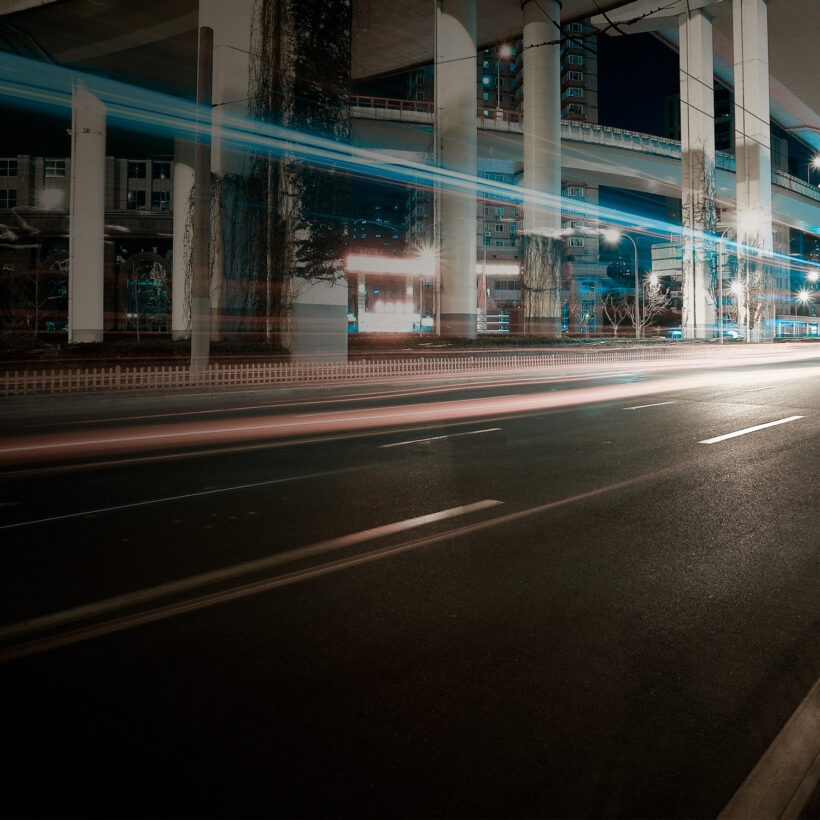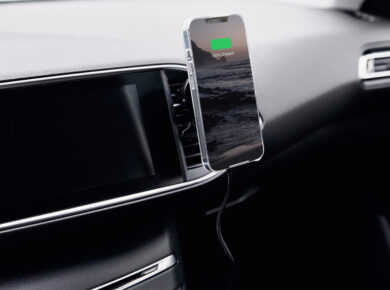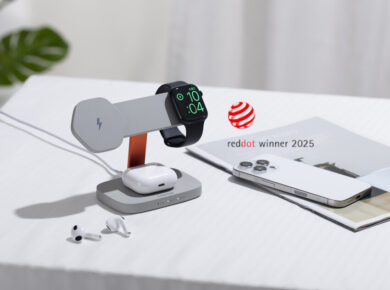Starting from the very device name, you might pose a reasonable question: if the title relates to the dashboard, what a camera has to do with it, and what on earth would you need a camera in your car for?
Here comes the explanation, and it has several grounds to talk about. Choosing your way to master the road’s twists and curvatures, you eventually acquire prowess in many situations, some of which might result in confrontations. Considering this, even very polite and accurate drivers sometimes find themselves in ambiguous cases, when only official evidence can help.
There you go, when an efficient car video recorder appears like a magic wand to extend its hand, outlying all the factual rationale of an accident or a road event.

Grounds for buying a dash cam: a brilliant rideshare assistant
So, willing to break the ice of misunderstanding on your route, how to choose dash cam that not only records the nasty incidents outside, but also keeps a careful eye on your kids or pets inside the vehicle?
Really, when your motor friend is packed to the brim with Christmas gifts for all the relatives, and your head is full of thoughts and preoccupations, while the kids are in the backseat going crazy, it’s also valuable to equip your vehicle with an extra set of vigilant eyes. Powerful and multifaceted watching device will surely reduce your road pressure and speed up your daily routines.
Another case is if you’re a private driver seeking added security or a rideshare professional looking to enhance passenger safety, so the world of dash cameras has much to offer. For, take, Uber drivers the reasons extend far beyond security, becoming a tool of accountability against unjustified claims of passengers.
In our dashcam buyers guide, we’ll observe the landscape, reveal the grounds for the purchase, legal considerations, important car DVR features, and price ranges, concluding with an enticing invitation to consult the quality manufacturer.
Third ground is purchasing a dash cam for those cruising the roads for personal reasons, acquiring an automobile recorder as a silent companion, capturing the unexpected and creating long-lasting memories. Besides, this additional witness will serve as a security spare wheel, standing ready to present the footage in case of disputes. It provides peace of mind, acting as a deterrent to potential thieves or vandals, boosting your professional image, as well.
Legal restrictions and best mounting strategies for buying a dash cam
However, the journey into the universe of how to choose a good dash cam comes with legal considerations.
Going further, considering an appropriate camera for your auto is only part of the equation, whereas a considerable oversight on how you mount the videographer. Strategic placement is key – mount the camera discreetly to avoid obstructing your view while ensuring optimal recording angles. So, with a delicate choice of the proper place to fulfill your inside-car demands, try finding the best spot between visibility and compliance with local regulations.
Thus, there are two aspects to consider:
- Strategic placement where you have to mount the camera discreetly to avoid obstructing your view, as specific regulations come about the placement of cameras on windshields. Additionally, think about maintaining optimal recording angles.
- Another point is to consult your local laws so as to ensure compliance with local regulations on windshield obstruction. If you’re an Uber driver, for instance, it’s essential to mind the laws in your region, especially those related to recording audio without consent.
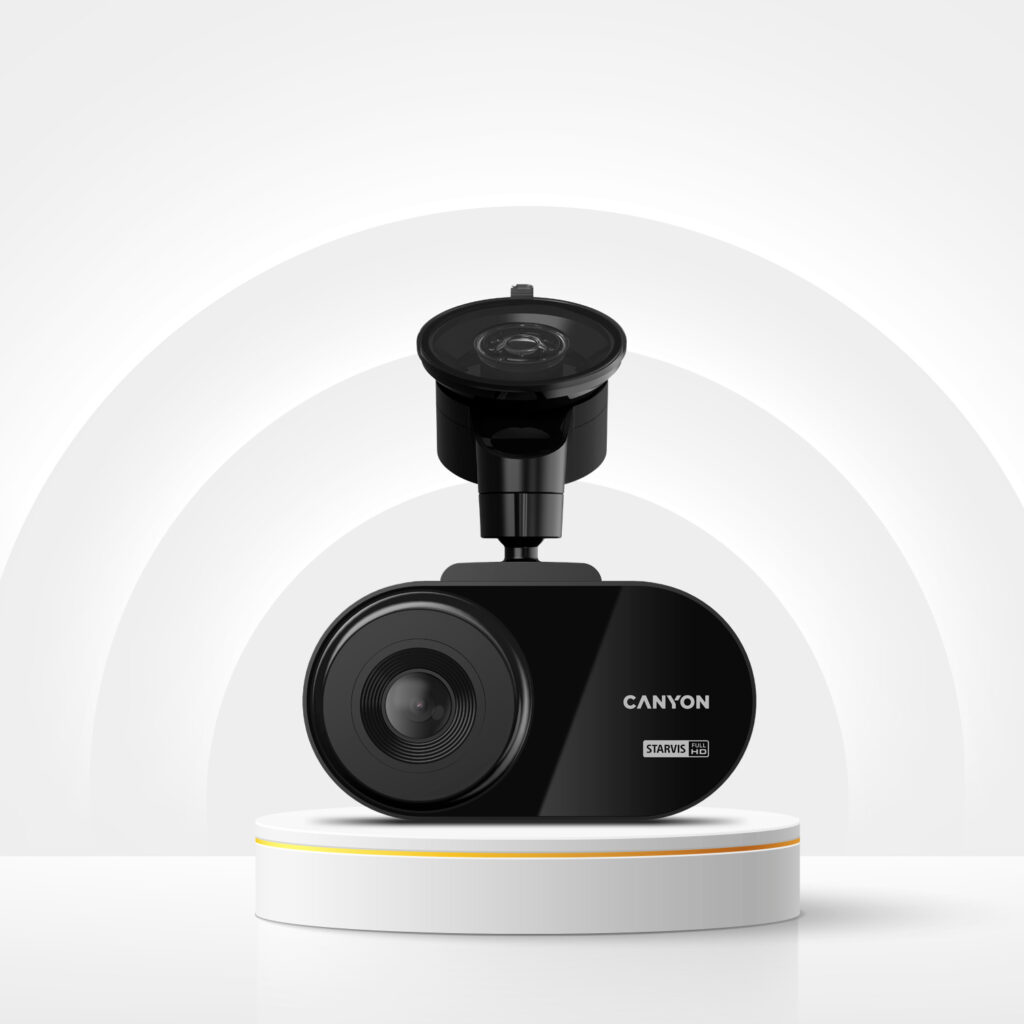
How to choose dash cam: indispensable characteristics of videographers
As we delve into the key characteristics of dash cameras, the importance of each feature is absolutely evident for any car owner, putting in the spotlight, though, diverse cam rating aspects. Searching into the inclusion of security features like GPS, gravity sensors, and parking mode figurally adds dozens of layers of protection to your driving experience.
In case of sudden impacts or collisions, even when your vehicle is parked, choose your video recording gear wisely based on our thoughtful listing of features most essential for you.
- Viewpoints. This first aspect highlights the importance of wide angles that enhance coverage and reduce blind spots. Hence, a wide-angle lens reduces blind spots, ensuring that crucial details are captured, especially in crucial situations.
- Higher resolution parameters provide clearer details, crucial for identifying license plates or people’s faces. A higher resolution ensures clearer and more detailed footage. So, common resolutions include 1080p (Full HD), 1440p, and 4K, with the possibility to convert either way. Instruction for opting for a higher resolution is due to capturing finer details.
- Screen size. While not a primary factor, a larger screen square provides better visibility for reviewing footage directly on the dash cam. Touchscreen interfaces offer convenient navigation through settings and playback. With that, opt for a suitable screen size for easy video playback and menu navigation.
- Night vision and infrared vision is absolutely essential for recording in low-light conditions or at night, when your recording device capabilities ensure that the camera captures clear footage in a dark environment. Plus, infrared technology enhances visibility without the need for external lighting.
- Global Positioning System is also a highly important point. It protects footage from tampering and adds location data for additional security, enhancing the accountability of the record by providing proven location data. This feature is crucial for reconstructing events accurately and verifying the vehicle’s position at specific times. GPS data adds an additional layer of information, detailing the vehicle’s speed and location during the recorded events.
- More, security features include password protection, preventing unauthorized permission to your recordings.
- Let’s see what’s more. Gravity sensor automatically saves proofs in case of sudden impacts or on-road disputes. Also known as G-sensors, these items detect sudden changes in your speed, like when during an impact.
- Later on, parking mode attentively monitors your vehicle even when parked, capturing potential incidents and offering continuous surveillance even when the car is parked. The dash cam activates and records if it detects any motion or impact, providing security in parking lots or during extended idle periods.
- Data storage and loop recording efficiently manages storage space with loop recording for continuous coverage. When the storage is full, older segments are overwritten, ensuring continuous recording without the need to manually manage the repository.
- Power source. Here’s more to tell a bit more about battery-powered or hardwired options for continuous operation. So, videographers can be powered through the vehicle’s electrical system or via a built-in battery, where hardwired installation ensures continuous operation, even when your car is turned off.
- Video sharing. Lastly, some models allow easy sharing of recorded videos for legal or social purposes, featuring built-in Wi-Fi or connectivity options for seamless sharing of incident proofs to external devices or cloud services. With no doubt, it efficiently facilitates easy sharing with relevant authorities or social media.
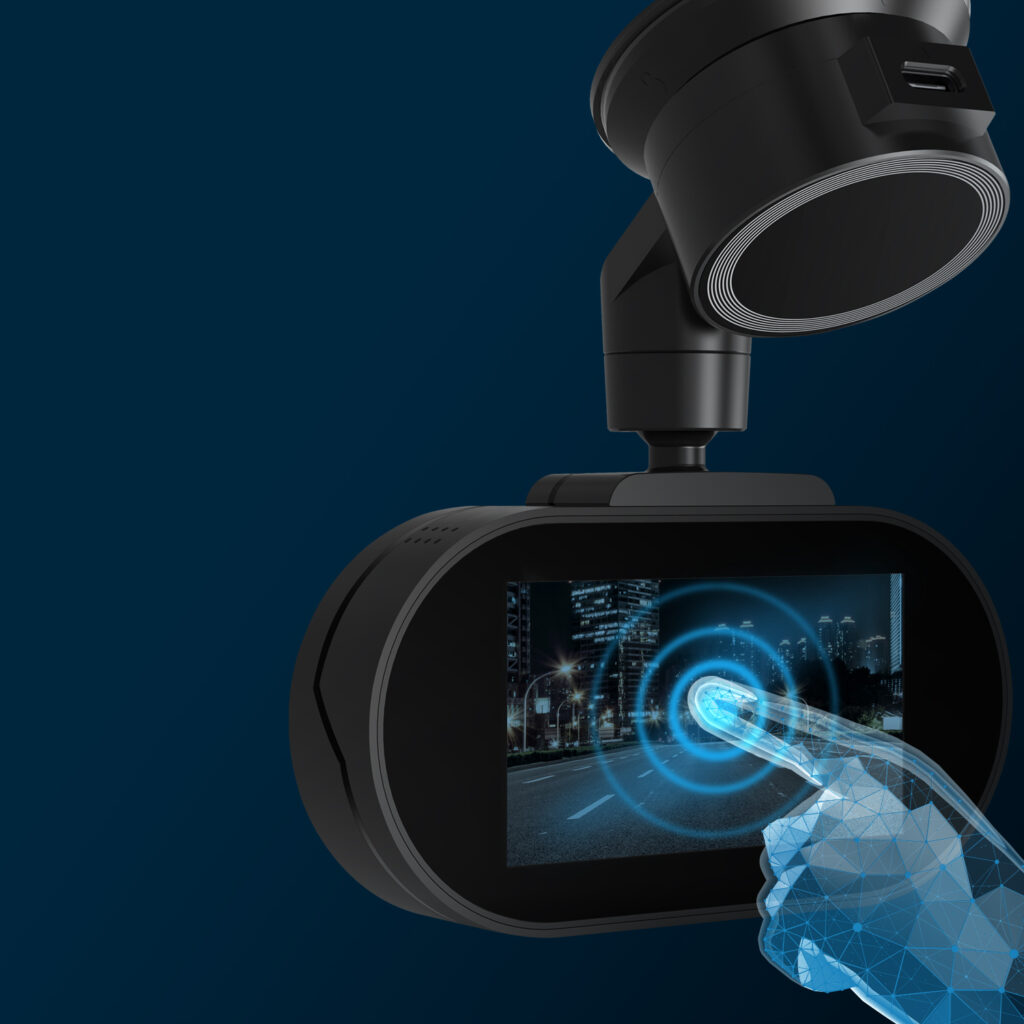
Picking the right dash cam tailored to your needs
When it comes to the models of dash cameras, one size can’t fit all. With this in mind, a front-view camera suffices for basic security, providing an affordable option for those on a budget. However, if you’re a rideshare professional concerned with both external and internal security, take a serious look at a front + interior/rear view camera offering.
On the other hand, for those seeking the pinnacle of security, a front + interior + rear view camera captures a 360-degree view, providing unmatched protection. This professional-grade solution is ideal for commercial drivers who prioritize comprehensive view coverage.
Front view camera, or one channel cam:
- Basic security: Ideal for capturing incidents in front of your vehicle.
- Affordable: Cost-effective solution for budget-conscious users.
Front + interior/rear view DVR:
- Comprehensive coverage while usage: Record both the front view and the vehicle’s interior or rear.
- Rideshare professionals: Suited for drivers concerned with both external and internal safety.
Front + interior + rear view video registrator:
- Maximum security: Capture a 360-degree view, offering unparalleled protection.
- Professional-grade: Ideal for commercial drivers seeking comprehensive coverage.
Dash cameras prices range on the border between budget and functionality
Diving deeper, the price range of dash cameras is as diverse as their features. Entry-level models cater to basic needs, while mid-range options introduce enhanced features like night vision and GPS. For those seeking the utmost in security and functionality, high-end models offer a comprehensive suite of advanced features.
- Entry-level: Basic models with standard features, suitable for private users – $50 to $100.
- Mid-range: Enhanced features like night vision and GPS – $100 to $200.
- High-end: Comprehensive models with advanced security features – $200 and above.
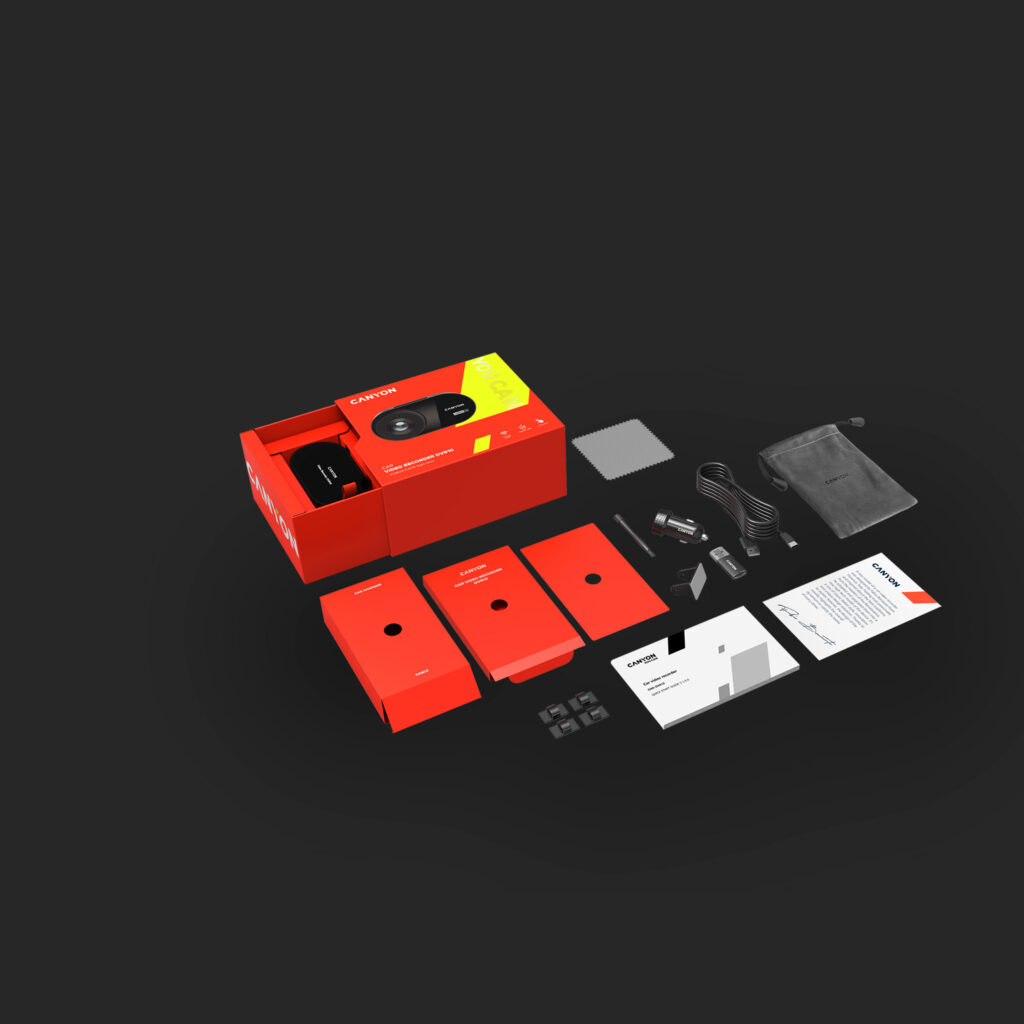
Summary: experience the Canyon excellence
If you ask what brand, eventually, stands tall among the competition, the response would clearly be Canyon. Providing the fullest range of splendid, high-gear, meticulously tested and long-years-guaranteed technical products, it secures your comfort, easiness at work and at home, all packed in a stylish and elegant design.
With a commitment to delivering cutting-edge technology, Canyon’s dash cameras offer a seamless blend of functionality, security, and affordability. Just visit Canyon product website, and you won’t regret neither your time, nor your efforts and attention paid to our web page.
